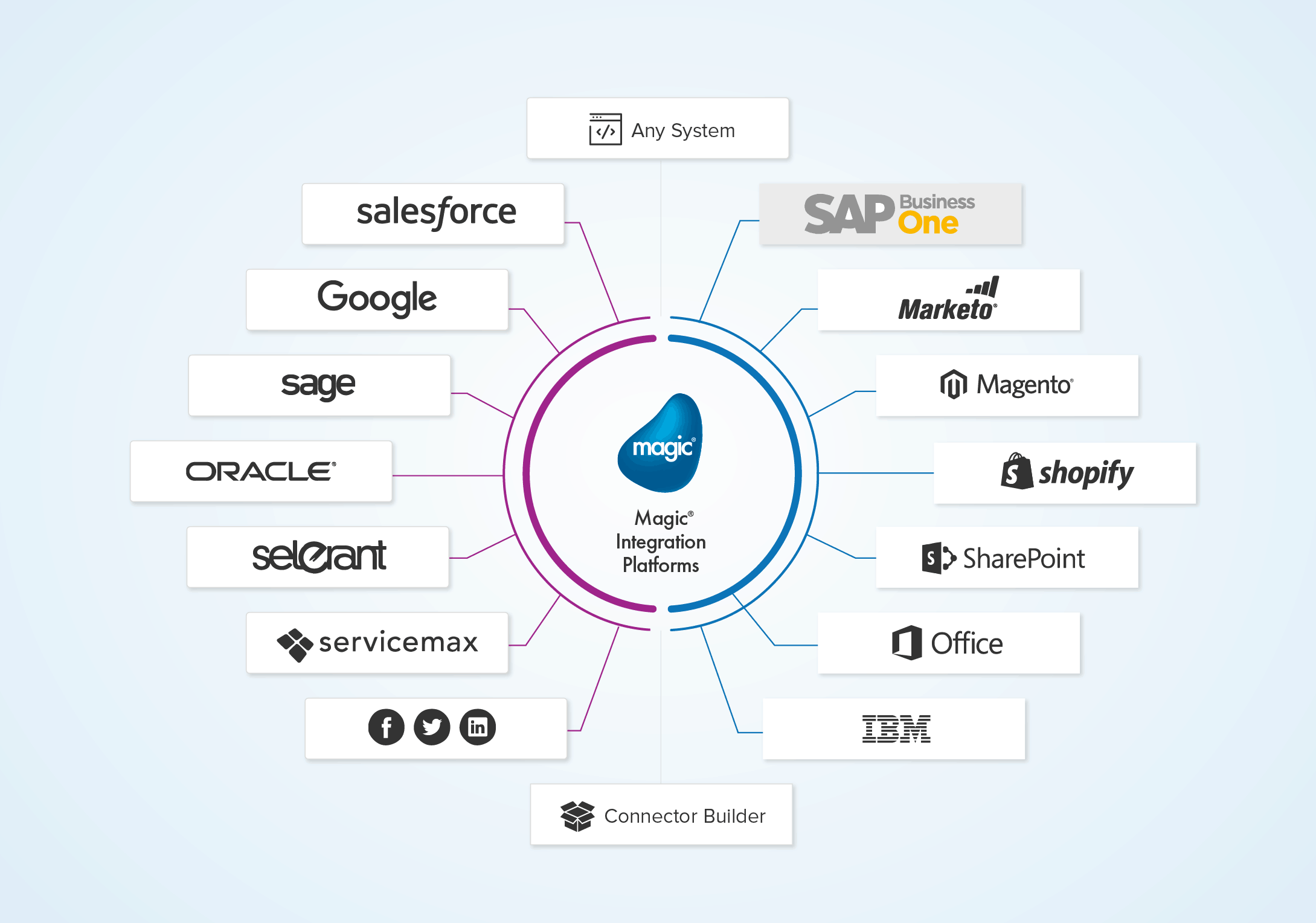
- Erp success story manual#
- Erp success story full#
- Erp success story software#
- Erp success story professional#
Erp success story software#
"I became a research junkie, and I learned about pieces of software in our price range and picked the best one," he says.
Erp success story full#
Unlike inside big companies, where sometimes no one wants to take full responsibility for an ERP rollout, Bailey became immersed in the software purchasing and rollout process. The implementation team was just three people: two from TBC and a consultant hired by Bailey. (Bailey was not the warmest of potential customers at first: "This SAP guy came in and he said, 'Hey, I want to sell you this product.' I ran him out of here a couple of times before he got through the door.") TBC International Consulting of Salado, Texas, was the SAP channel partner that eventually sold Bailey on the software and did the implementation. (See "SAP Pays Partners, Goes with Gusto for Small and Medium-Sized Business Customers" for an in-depth look at SAP's strategy.) The move, paying for new software business, was a first for SAP, and it shows just how much thirst enterprise software vendors have for new customers in the SMB business applications market. In April 2008, SAP announced a new referral and incentive program for its partners and nonpartners to drive SMB customers' business SAP's way.

(Maybe you've seen the "SAP is for great companies, not just great big companies" advertisements.)
Erp success story professional#
Well, I knew that golfer from South Africa wore it on his hat." He also was convinced that SAP was going to be way too expensive.īesides sponsoring a professional golfer, SAP is spending lots of marketing and partnership dollars to make SMBs take notice of its product set. What did Bailey know of SAP when he was reluctantly introduced to it by a persistent consulting sales guy? Bailey's response illustrates just how difficult a challenge lies ahead for SAP: "Absolutely nothing. Not every SMB deal is going to have as happy an ending for SAP. For it was perfect execution on SAP's newfound strategy to infiltrate the small business space with easy-to-use ERP applications. If that's any indication of future SMB success for SAP, then the small potatoes deal should have at least brought a grin to Kagermann's and Apotheker's faces. "I was sold the first day they did the demo," Bailey says. But today, Artisan Hardwood Floors is running SAP BusinessOne 100 percent. So the chances of Artisan Hardwood Floors using SAP software were seemingly as likely as Larry Ellison inviting Hasso Plattner over for a brats and beer BBQ. After all, SAP made its bones implementing large, complex and expensive software rollouts almost exclusively to the Fortune 1000 set: the Coca-Colas and Wal-Marts of the world were its signature deals. dealers.Įven with the modicum of complexity between the separate operations, Bailey (the de facto CIO for big tech decisions) was going to need only a dozen or so seats for a new software package, which has not been an area that SAP (or Oracle, for that matter) has had much interest in selling to in the past. So he began looking for a new package that could unite back-office functions of Artisan's three separate business lines: a flooring installation business a lumber yard that imports wood from South America and sells both at retail and wholesale and a distribution arm to a network of U.S. "We didn't have any network between operations and accounting," Bailey recalls.
Erp success story manual#
Like most small businesses, it found itself in 2007 running a couple of disconnected software packages for operations and accounting, and relying heavily on manual processes, says Pat Bailey, a general manager and co-owner of the business, as well as a self-described "guy who does everything."

Located in Austin, Texas, Artisan Hardwood Floors is a family owned and operated company with 37 employees and virtually no in-house IT staff. If you've worked in a small business, that scenario doesn't seem so surprising.īut if you work for SAP, that scenario is a radical change from the past. It most likely didn't hit the radar screens of SAP CEO Henning Kagermann or CEO-in-waiting Leo Apotheker over in Walldorf, Germany.īut it's a telling story, nevertheless, that starts with a "de facto" CIO and no IT staff, disparate systems, and almost no customer knowledge of SAP's ERP expertise.

Artisan Hardwood Floors' purchase of SAP's BusinessOne ERP software in late 2007 wasn't anything that triggered a gushing press release from SAP's PR staff.


 0 kommentar(er)
0 kommentar(er)
